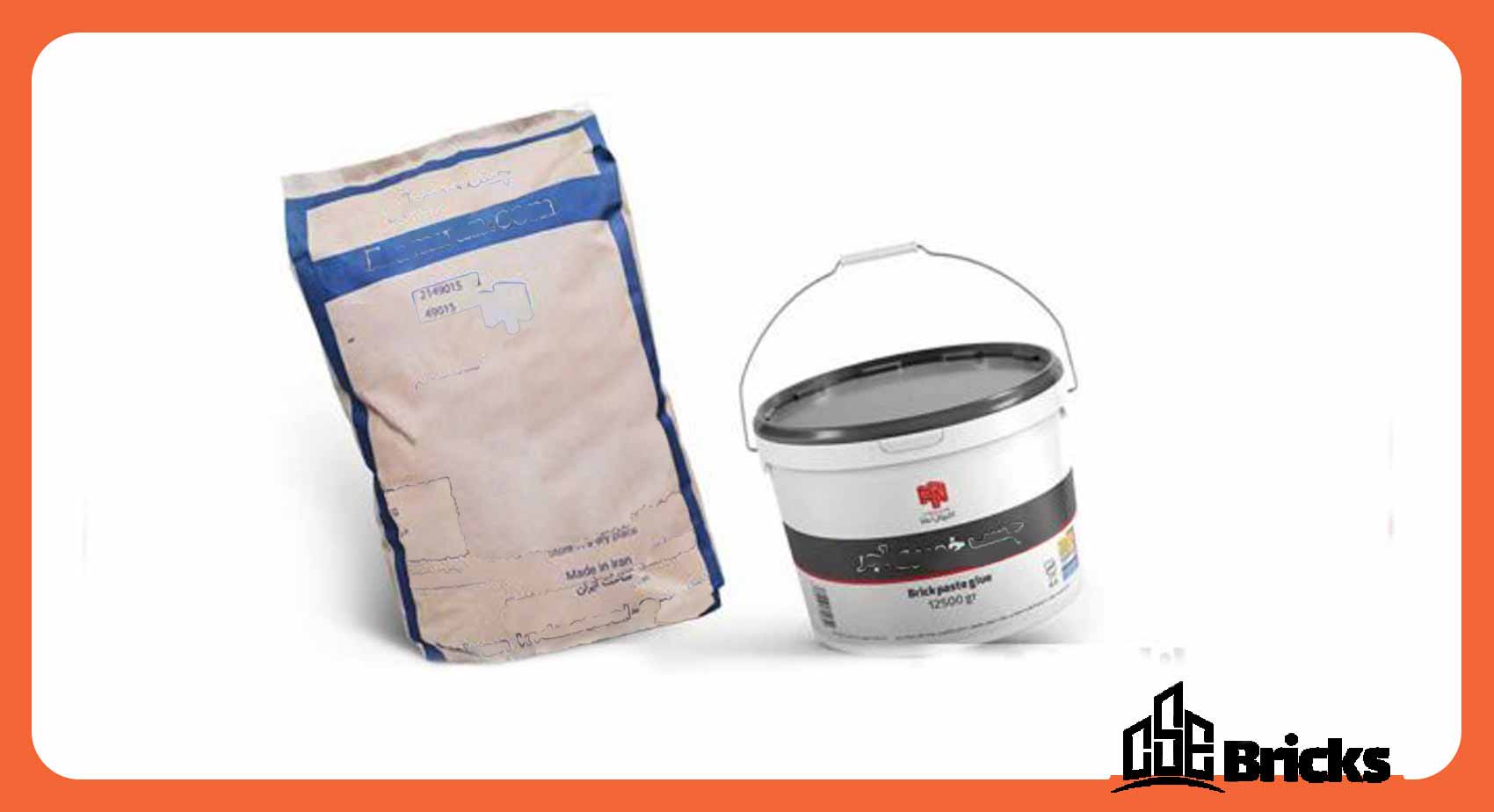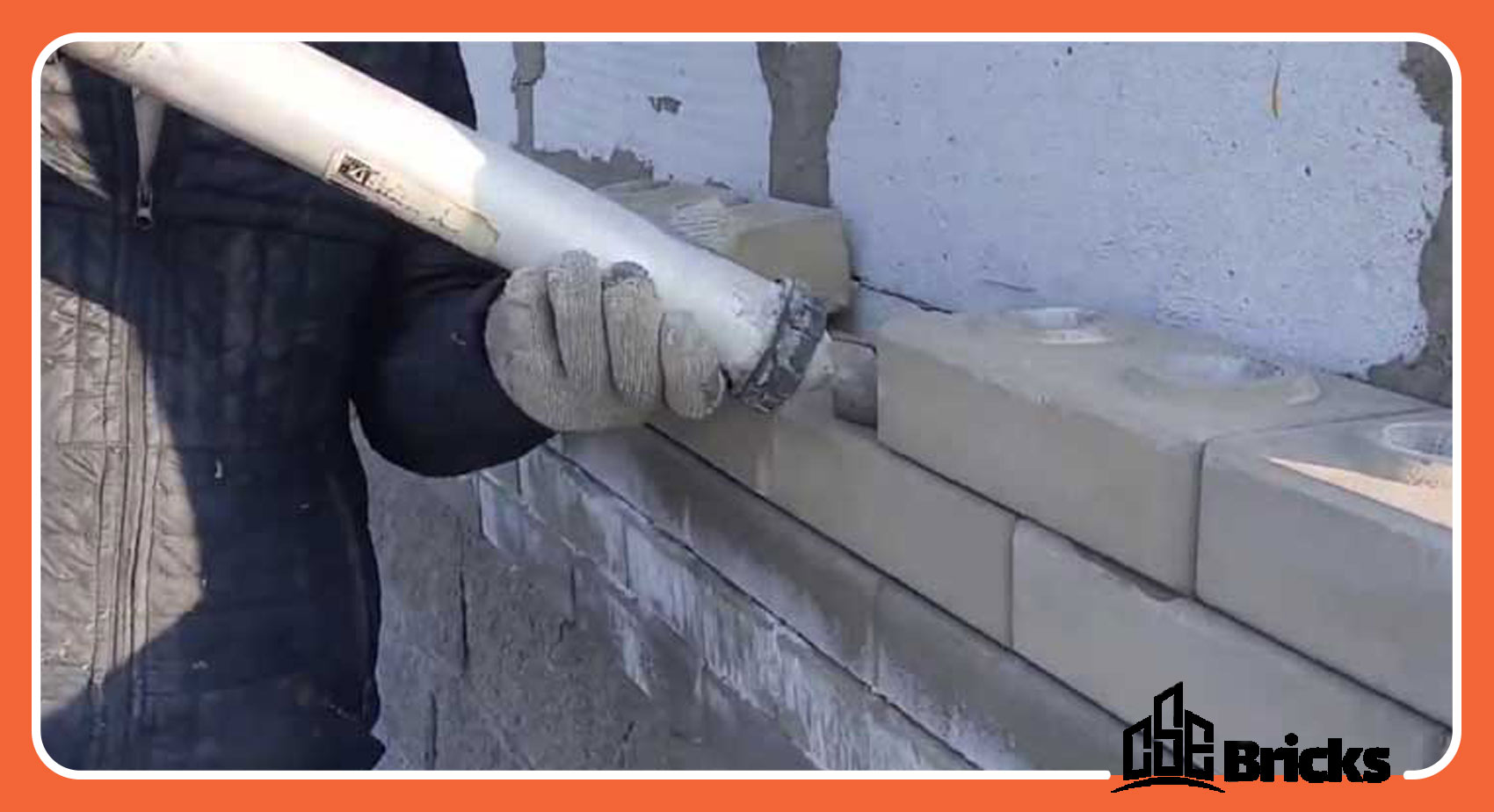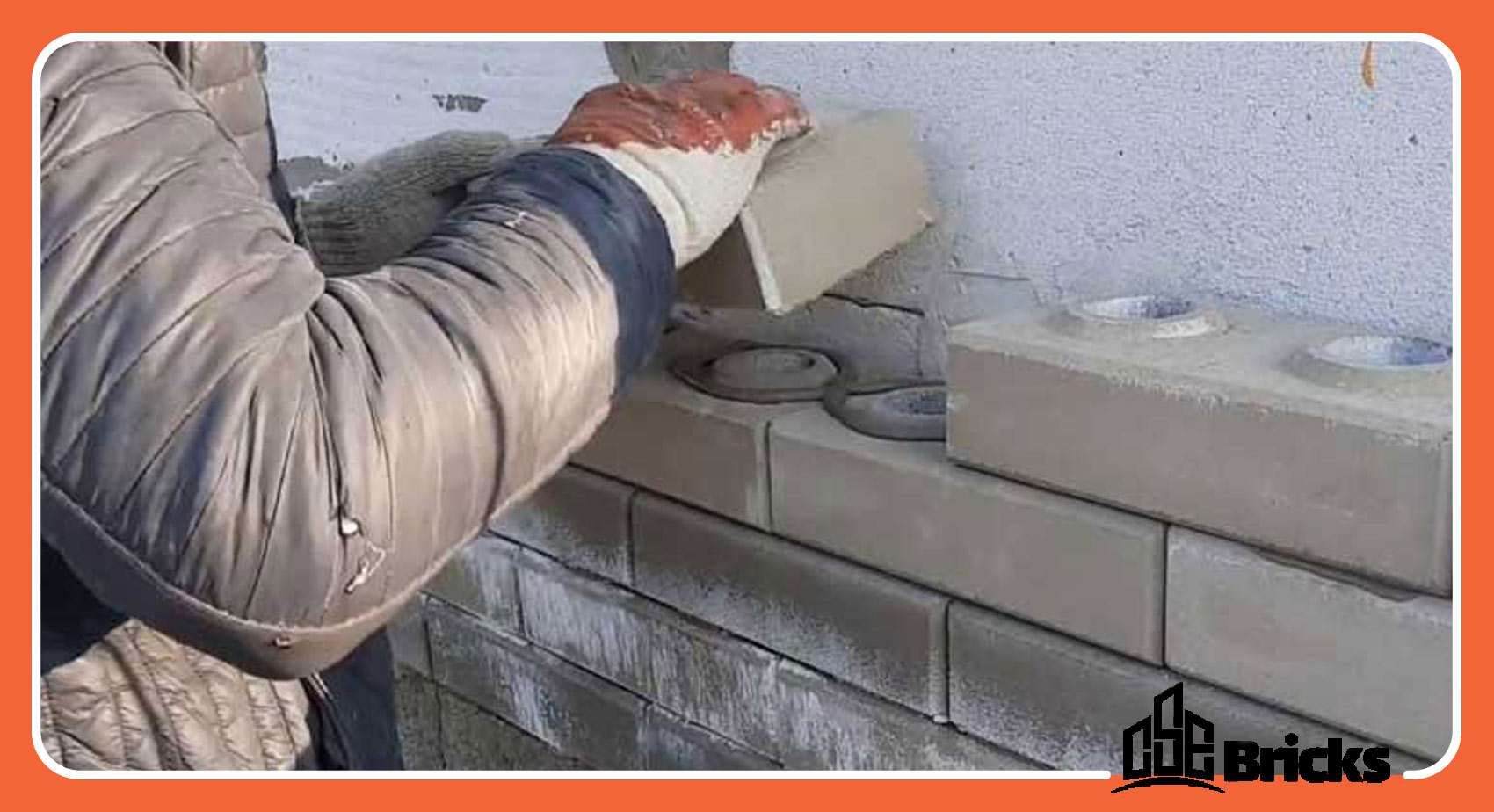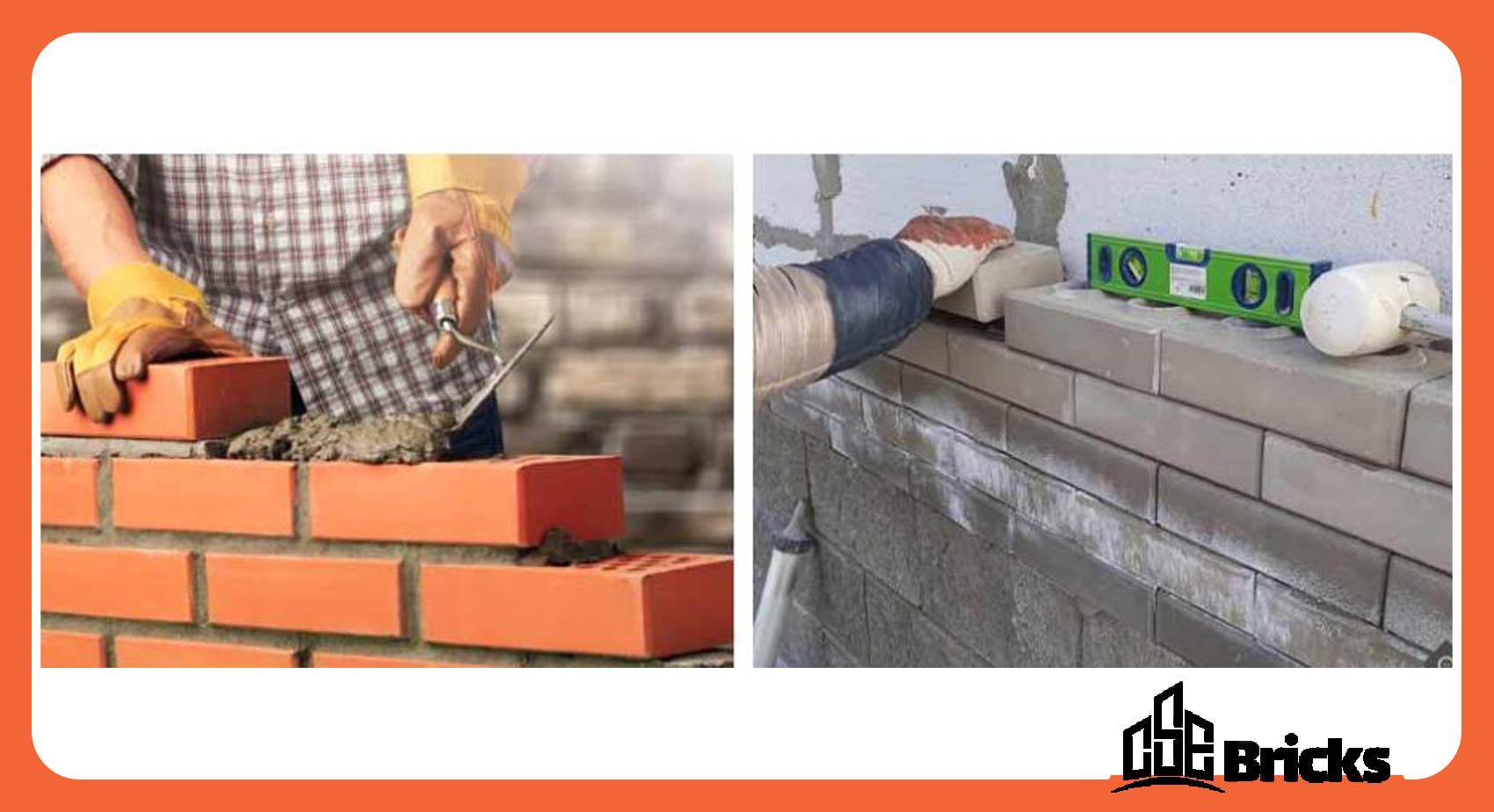Blog
Installing Interlocking Bricks with Adhesive
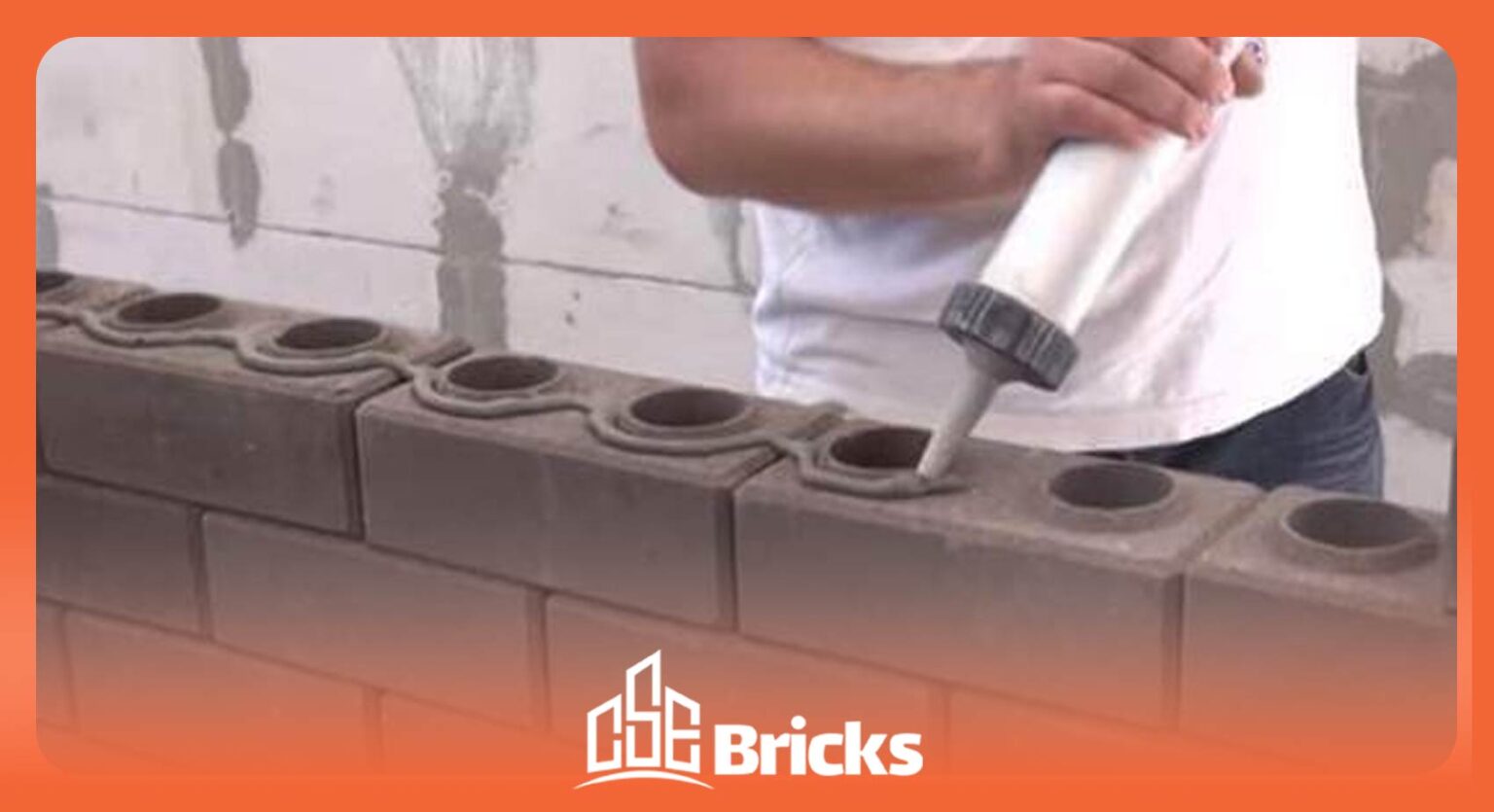
Installing Interlocking Bricks with Adhesive
?How to Install Interlocking Bricks with Adhesive
Interlocking bricks are one of the newest building materials available in the Iranian market, which use a special adhesive for bonding bricks together. In fact, interlocking bricks, with their male and female configurations, interlock with each other and are connected using adhesive. In this article, we will examine the installation of interlocking bricks with adhesive.
Types of Interlocking Brick Adhesive
Interlocking brick adhesive is available in the market in two types:
powdered adhesive and paste adhesive.
Powdered Interlocking Brick Adhesive
As the name suggests, this adhesive is in powder form. To prepare the adhesive for wall construction, the powder is mixed with water to create a paste. This paste is then used for wall construction. This type of adhesive is used for bonding pieces that do not require high strength, such as decorations, floor coverings, panels, particle boards, and decorative materials.
Paste Interlocking Brick Adhesive
Paste adhesive is much stronger compared to powdered adhesive and is used in more construction applications. Additionally, working with and installing interlocking bricks using paste adhesive is relatively easier than using powdered adhesive. Besides connecting interlocking bricks to each other, paste adhesive is also used for bonding large structural components such as ceramics to concrete, concrete to concrete, building panels, and exterior doors of buildings. Paste interlocking brick adhesive is made from raw materials such as mineral powders, acrylic resins, and thickening agents.
Steps for Installing Interlocking Bricks with Adhesive
Interlocking brick adhesive is used to bond the bricks together, and the process is very simple, even for non-skilled individuals. Using adhesive, especially on interior walls, maintains the beauty of the wall’s appearance and preserves its strength.
-
Step 1:
Lay the first layer of your interlocking bricks. (To increase the strength of your structure, you can place a rebar in the holes of the interlocking bricks every half meter.)
-
Step 2:
- Pour a layer of adhesive. Apply the special adhesive to the top surface of the brick and around all the edges of its holes.
-
Step 3:
Place the next row of interlocking bricks onto the adhesive and try to create a uniform surface by applying even pressure.
-
Step 4:
Continue stacking the remaining rows of interlocking bricks in the same manner, building up your wall. To further strengthen the wall, you can place rebar in the holes every half meter and fill them with cement mortar.
What are the advantages of installing interlocking bricks with adhesive?
?When we say that the adhesive method is better than cementing, what reasons do we have
Let’s examine together:
- The process of installing and connecting bricks together is much simpler.
- Using interlocking brick adhesive significantly reduces the time needed for wall construction.
- The adhesive has very high resistance to moisture, cold, and frost.
- Installing interlocking bricks with adhesive is very easy and can be done with a small number of unskilled workers.
- Interlocking brick adhesive has very high bonding strength.
- Using adhesive for brick installation reduces construction costs.
Considering the advantages, we have reviewed in this section, the superiority of adhesive compared to cement has been established.
Important Tips for Installing Interlocking Bricks with Adhesive
Below are some practical tips that are useful for arranging interlocking bricks with adhesive.
- The thickness of the adhesive layer applied to the brick should not exceed one centimeter, as it can cause the adhesive to drip and ruin its appearance. (Bricks will adhere well to each other with a thin layer of adhesive.)
- After completing the wall, clean the excess adhesive with sandpaper.


